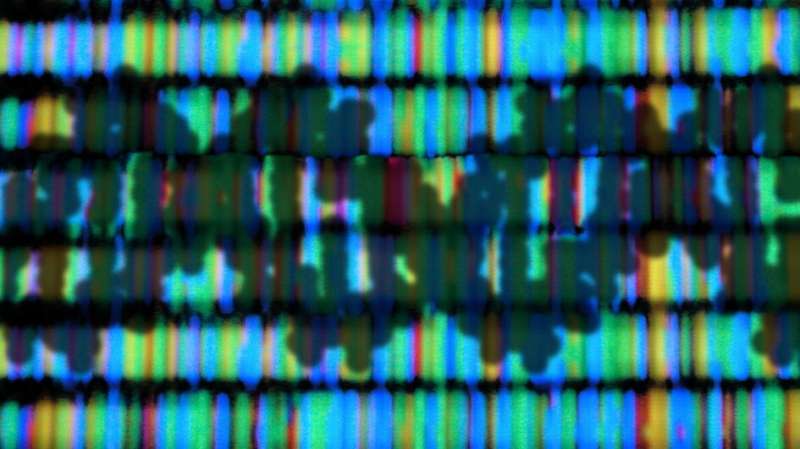Scientists expand understanding of how DNA is organised

Scientists at The Institute of Cancer Research have uncovered new information about vital structures inside cells which are responsible for organizing our DNA.
Using state-of-the-art imaging techniques, the team were able to look at two critical structures responsible for condensing DNA into chromosomes, called condensin I and condensin II.
The findings could have major implications for understanding how cancer develops, since these structures often become deregulated in cancer cells, leading to harmful mutations in the DNA.
Building a structural model
In a new study, carried out by scientists at The Institute of Cancer Research in conjunction with a team at Columbia University in the U.S. and published in the journal Molecular Cell, the scientists were able to look at individual condensin molecules using electron microscopy and examine the activity of condensin molecules using a technique called single-molecule imaging.
This involves taking some of the innards of a cell and placing them under a microscope to examine what they are doing in extraordinary detail.
Electron microscopy can be used to look at structures as small as DNA, and using this method the scientists could examine individual condensin molecules.
By putting lots of images of condensin together, they could build a structural model of condensin, which showed it has passages through its structure that could hold DNA.
By labeling condensin molecules with a kind of fluorescent luggage tag, the researchers could also follow the activity of the molecules and see condensin making loops in DNA.
Condensing DNA
Stretching out all of the DNA in just one human cell, it would measure around three meters end to end. Since most human cells measure just a fraction of the width of a human hair, the cell must condense all of this DNA down to fit it into the cell, much like packing a very long rope into a very small bag.
The role of condensin inside a cell is to do this in an organized way, avoiding knots. Many condensin molecules work to make many loops of DNA, all coiled around special proteins called histones.
Sections of DNA coiled around histones form structures which look like small beads along the length of DNA, giving a structure that looks something like a set of fairy lights used to decorate a Christmas tree.
These structures of DNA coiled around histones are called nucleosomes.
Shedding light on how condensin works
The new study, funded by the Wellcome Trust, Cancer Research UK and the ICR, was able to shed light on the ability of human condensin I and II to 'jump' over these nucleosomes.
It was not previously known if condensins could continue to condense DNA effectively with nucleosomes in the way, but results in this work showed that the structures are unphased by the presence of nucleosomes.
Co-leading author Dr. Erin Cutts, Post-Doctoral Training Fellow in Structural Biology at the ICR, said:
"In this work we could directly see human condensin I and II making DNA loops and see how individual molecules were structured, allowing us new insights into how condensin works. It was hugely exciting collecting this data!"
Study co-leader Professor Alessandro Vannini, Team Leader in Structural Biology at the ICR, said:
"These two complexes are often altered in many different types of cancer, so understanding the structure and function could help with future work to develop new treatments."
More information: Muwen Kong et al. Human Condensin I and II Drive Extensive ATP-Dependent Compaction of Nucleosome-Bound DNA, Molecular Cell (2020). DOI: 10.1016/j.molcel.2020.04.026
Journal information: Molecular Cell
Provided by Institute of Cancer Research




















